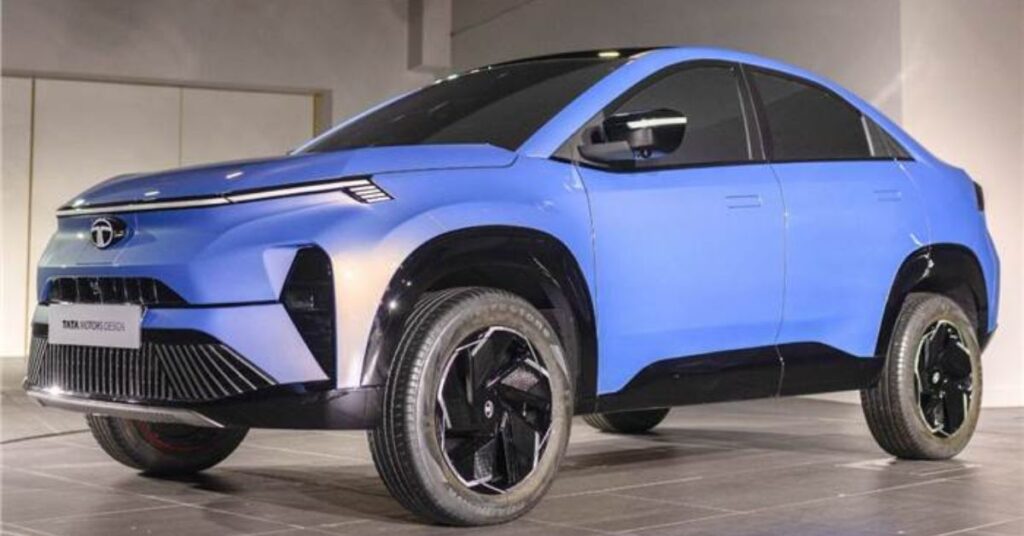Engine & Output
| Kawasaki Ninja 500 | Aprilia RS 457 | Yamaha R3 | KTM RC 390 | |
|---|---|---|---|---|
| Engine | Liquid-cooled, 451cc, parallel-twin | Liquid-cooled, 457cc, parallel-twin | Liquid-cooled, 321cc, parallel-twin | Liquid-cooled, 373cc, single-cylinder |
| Power | 45hp at 9,000rpm | 47.6hp at 9,400rpm | 42hp at 10,750rpm | 43.5hp at 9,000rpm |
| Power-to-weight ratio | 263hp/tonne | 272hp/tonne | 248.5hp/tonne | 253hp/tonne |
| Torque | 42.6Nm at 6,000rpm | 43.5Nm at 6,700rpm | 29.5Nm at 9,000rpm | 37Nm at 7,000rpm |
| Gearbox | 6-speed | 6-speed | 6-speed | 6-speed |
The Kawasaki Ninja 500 maintains similar peak power output to its predecessor but sees a significant increase in torque, enhancing its performance at lower speeds. The Yamaha R3 delivers its power figures at higher rpm, while the Aprilia RS 457 stands out with its distinctive 270-degree firing order, offering a unique exhaust note. Despite being a single-cylinder, the KTM RC 390 boasts a higher power-to-weight ratio compared to the Yamaha R3.
Weight & Dimensions
| Kawasaki Ninja 500 | Aprilia RS 457 | Yamaha R3 | KTM RC 390 | |
|---|---|---|---|---|
| Kerb weight | 171kg | 175kg | 169kg | 172kg |
| Seat height | 785mm | 800mm | 780mm | 835mm |
| Wheelbase | 1375mm | 1360mm | 1380mm | 1347mm |
| Fuel capacity | 14 litres | 13 litres | 14 litres | 13.7 litres |
| Ground clearance | 145mm | 150mm | 160mm | 160mm |
The Yamaha R3 is the lightest among the bikes listed, while the Kawasaki Ninja 500 offers a larger engine displacement with minimal weight increase compared to the R3. For riders of shorter stature, the Japanese bikes provide the lowest seat height, with the Ninja 500 offering the least ground clearance among the group.
Suspension & Brakes
| Kawasaki Ninja 500 | Aprilia RS 457 | Yamaha R3 | KTM RC 390 | |
|---|---|---|---|---|
| Suspension (f) | Telescopic fork | USD fork | USD fork | USD fork |
| Suspension (r) | Monoshock | Monoshock | Monoshock | Monoshock |
| Brakes (f) | 310mm disc | 320mm disc | 298mm disc | 320mm disc |
| Brakes (r) | 220mm disc | 220mm disc | 220mm disc | 230mm disc |
| Tyres (f) | 110/70-R17 | 110/70-R17 | 110/70-R17 | 110/70-R17 |
| Tyres (r) | 150/60-R17 | 150/60-R17 | 140/70-R17 | 150/60-R17 |
The Kawasaki Ninja 500 stands out with a telescopic fork, while others feature USD forks. The Aprilia RS 457 offers a preload-adjustable fork, and all bikes come with monoshock rear suspension. Japanese bikes use axially mounted Nissin calipers, while European bikes use radially mounted ByBre calipers. Tire sizes are similar, but the compounds vary, with Japanese bikes using Dunlop tires and European bikes using Metzeler and TVS Eurogrip tires.
Features & Price
| Kawasaki Ninja 500 | Aprilia RS 457 | Yamaha R3 | KTM RC 390 | |
|---|---|---|---|---|
| Features | LCD dash with Bluetooth connectivity | Riding modes (Aprilia), TFT dash | – | Bidirectional quickshifter |
| Price (ex-showroom, India) | Rs 5.24 lakh (introductory) | Rs 4.10 lakh | Rs 4.65 lakh | Rs 3.18 lakh |
The Kawasaki Ninja 500 and Yamaha R3 are priced higher due to their CBU route, while the KTM and Aprilia offer more affordable options with a similar twin-cylinder experience. The Aprilia RS 457 and KTM RC 390 offer additional features like riding modes and traction control, with the RC 390 featuring a bidirectional quickshifter as standard.
Read More:




